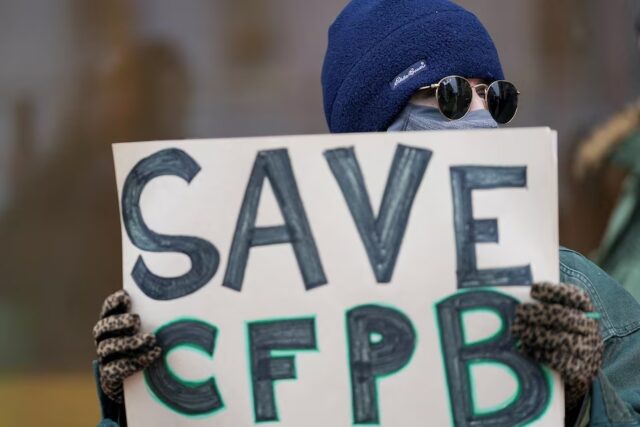
Elon Musk’s DOGE team has cut hundreds of jobs funded by fees from banks, medical device companies, and other sources, rather than taxpayer money, raising concerns about whether the cuts will result in the expected savings.
Most of around 200 Food and Drug Administration employees fired over the weekend held jobs that were paid for by fees charged to medical device makers under a 2002 law, according to former employees and sources familiar with the matter, depleting staff needed to approve medically necessary products like stents and implants for consumers. Overall, the FDA has around 20,000 workers.
“The overwhelming majority of those who will be terminated as a result of this are recent hires … funded through user fees. So as a result of that, the federal government will not save money,” said Scott Whitaker, CEO of the medical device industry group AdvaMed.
“If these cuts are not reversed there’s no question that it will slow down the process for new technologies to get to market and to get to patients,” he added.
Two financial regulatory agencies that do not rely on direct taxpayer dollars also cut staff in recent days. The Consumer Financial Protection Bureau, which is funded by the Federal Reserve, fired dozens of probationary and term-contract workers and the Federal Deposit Insurance Corporation fired over 100 probationary workers as part of the government-wide staff reductions. Banking fees fund FDIC operations.
No Sign Of Slowing
U.S. President Donald Trump and billionaire Elon Musk, one of his closest advisers, have mounted a sweeping campaign to slash the size of the 2.3 million-strong federal workforce, firing thousands of employees in an unprecedented effort that shows no sign of slowing.
Their layoffs at the FDA include employees reviewing Elon Musk’s brain implant company Neuralink. The CFPB overhaul comes as Musk’s X recently announced a deal with Visa to provide payment services to customers of the social media platform. The CFPB is the primary federal regulator tasked with policing consumer protection laws for nonbank financial firms.
While there is general agreement among Democrats and Republicans that the U.S. government is rife with waste and over-staffed, the haste and sweep of cuts in recent weeks has raised questions from agency staff and some lawmakers about the purpose of the reductions and the savings they will produce.
“The FDIC is funded through fees paid by banks, so cutting the FDIC’s expenses does nothing to reduce the federal budget,” said Jeremy Kress, a law professor at the University of Michigan.
FDIC declined to comment. The White House and CFPB did not immediately respond to a request for comment.
The total number of firings at the FDA is unknown. But one industry source said that at least 180 of the fired FDA employees held jobs funded by the Medical Device User Fee and Modernization Act, under which the companies pay for the review of their products. A manager at the FDA, who spoke on condition on anonymity, said she was also told 180 and that she had not been told what would happen to the fees already paid.
Reuters spoke to five former employees of the FDA who confirmed they had been fired from their MDUFA-funded roles.
One, who declined to be named for fear of retribution, said during their last year of tenure, their team had reviewed 100 files that collectively generated more than $1 million in revenue for the agency. Files include new device submissions, marketing applications and other materials medical device companies need approved before bringing products to consumers. Reuters could not independently verify the amount.
$400 Million In User Fees
As part of the agreement with medical device makers, overseen by Congress, the FDA aimed to meet hiring targets for each year of the latest iteration of MDUFA. Many of those hires from 2023 and 2024 would still have been probationary employees and would likely have been cut.
According to the latest financial document for the agreement posted by the FDA, the agency hired 141 employees to meet the MDUFA guidelines in 2023 and was targeting another 42 last year.
Nine other former employees for the U.S. departments of Health and Human Services, the Interior, and Agriculture, who spoke to Reuters on condition of anonymity, said they were also fired despite their roles being funded by user fees, non-governmental grants and other forms of private funding.
A spokesperson for the U.S. Department of Agriculture said they seek “to ensure that every dollar spent goes to serve the people, not the bureaucracy”.
Some of their jobs had been to regulate tobacco products and inspect imports of plant and animal products to prevent the spread of invasive species and plant diseases to the United States. One was responsible for the conservation of endangered species in Yosemite National Park.
The FDA collects hundreds of millions of dollars each year from the companies under the MDUFA Act. It was projected to collect nearly $400 million in user fees from the medical device makers last year, most of which goes to payroll and operating expenses for employees at the FDA’s Center for Devices and Radiological Health.
A spokesperson for the agency was not immediately available to comment.
(With inputs from Reuters)




